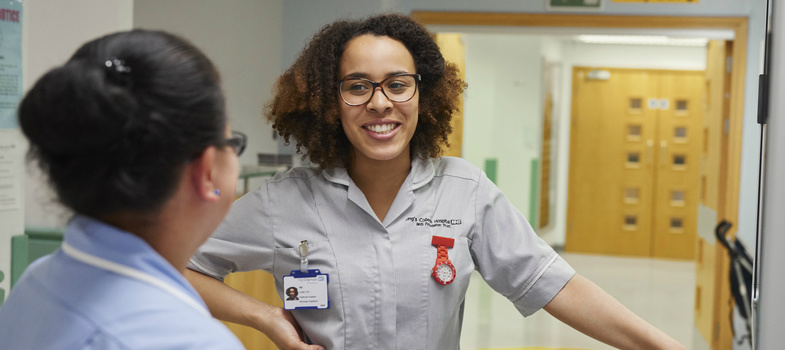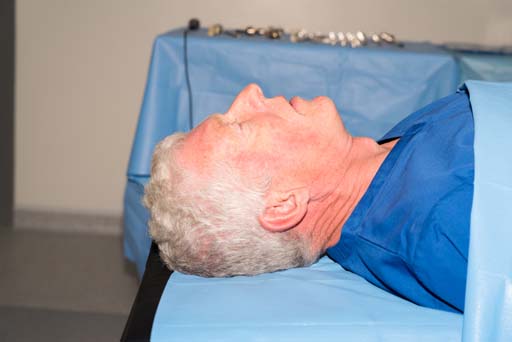4.10 What surgical options are available?
Although drug treatments are the main way of managing Parkinson’s symptoms, there are some types of surgery available. Surgery does not cure or slow down the progress of the condition, but it can help some people control their symptoms. It is not suitable for everyone and is used to treat people whose symptoms can’t be controlled by drugs.
Deep brain stimulation is the main type of surgery used to treat the physical symptoms of Parkinson’s. It involves passing small electrical currents through electrodes that are permanently implanted in the brain. It isn’t a suitable option for everyone and, like any surgery, there are some risks involved. If your client has had this procedure you will need to be aware of how it works and how your client controls their symptoms. You may wish to talk about this with your client’s specialist or Parkinson’s nurse.
Case Study 4.2 Simon’s deep brain stimulation story
10 years after Simon was diagnosed with Parkinson’s, he had deep brain stimulation (DBS), when his medication could no longer manage his symptoms effectively. Here, he shares his story and talks about the highs – and the lows – of having the surgery.
“The medication my specialist put me on did work and my symptoms were well managed.” Over time though, the drugs began wearing off quicker. “I began to experience very bad cramps in the morning before my drugs kicked in. Sometimes I’d be out shopping and I would start cramping, which made things very difficult…I’d known about deep brain stimulation for years.”
Pre-op expectations – and post-op realities
In March 2019, Simon had the procedure in Bristol. He spent a month recovering from the operation before the DBS system was turned on.
“I had a massive easing of my symptoms…though…I started to notice other symptoms appearing that I had never had before. For example, my balance wasn’t great, and I would stumble when I walked. My speech also became very muddled…I never envisaged any problems.”
But as Simon began to experience new symptoms, he started to struggle. After discussing the new symptoms with his healthcare team, Simon’s pulse generator, the device that transmits electrical currents to the brain, was tweaked. The communication and balance problems Simon was experiencing vastly improved.
“…there’s been a lot more fine-tuning along the way. I never knew that before, so that’s been very unexpected.”
Looking forward
As Simon talks, it’s clear that there have been ups and downs since his surgery, but does he have any regrets?
“Having DBS has improved my symptoms hugely. My tremor is now minimal. There’s no cramping. It’s still early days, but generally things are moving forward and progressing well – I am very pleased.”
After 3 years, Simon was still going back to hospital to have his DBS tweaked. Looking at the settings that Simon was currently on, the DBS nurses thought that the signal was too high on the left side and might be causing problems. After turning the signal down, there was a dramatic improvement which continues to be ongoing.
4.9 A case study

